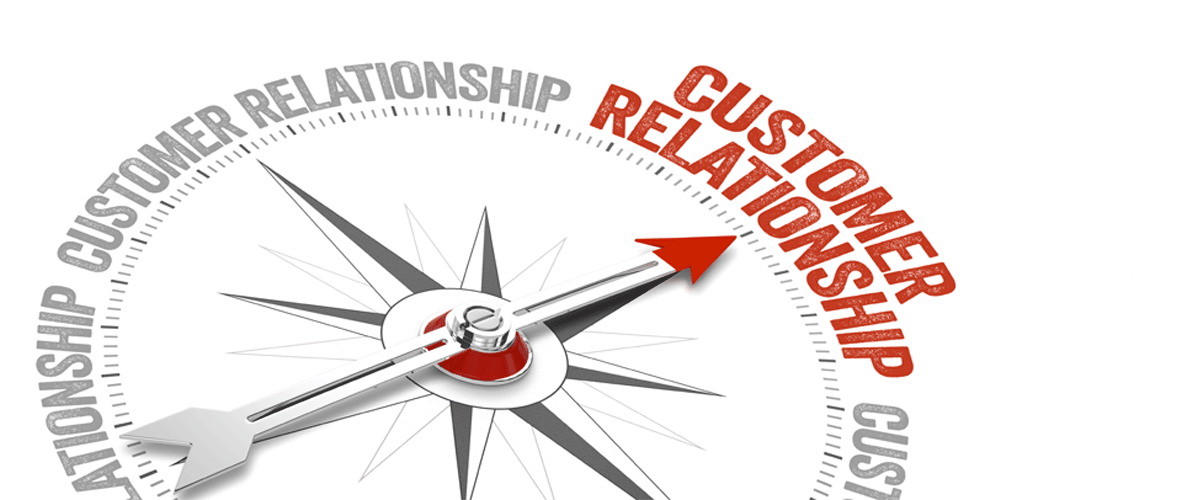Regal Cinemas makes plans to take over Cineworld.
ATT’s bid to purchase Time Warne now heads to court.
The Arby’s and Buffalo Wild Wings deal is valued at $2.9 billion.
Cable television network, Discovery Communications to acquire Scripps Networks
These are a small sampling of the major companies gaining media attention for their intent to merge. There are, in fact, countless more whose size makes them too obscure to be noticed. However, to the customers who work with these companies, there is nothing small about the potential impact.
“OUR CUSTOMERS WILL LOVE OUR NEW COMPANY”
Mergers happen for many reasons. Primarily, for diversification—to gain an expanded sales territory, new product and services offerings, or when the organization is not growing fast enough organically. Pull quotes from executives will always announce the immediate improvements and new benefits to the customer base.
Is this really what happens?
It’s not an easy feat to blend the culture of two distinct companies into one without experiencing turbulence. Let’s face it, this is not the Brady Bunch. Like a pebble being dropped into a smooth lake, the shakeup starts at the nucleus (internally), then reverberates outward to the marketplace. So much so, that it has spawned an industry of its own— change management. These experts are brought in to smooth the frayed nerves and calm the fears of the staff involved. To ensure the transition is not a costly one in terms of attrition, staff loss, and ultimately the bottom line to the organization.
It’s worth asking the question, who is soothing the frayed nerves of the customer during this time?
Not all companies choose this method of growth because they understand that high-quality, personalized service and receptivity are the reasons their clients remain loyal for years. These attributes are easier to achieve within a smaller firm, and often disappear when a company grows overnight through a merger. Additionally, the larger the company, the higher the overhead, and the more they must charge.
A well-established smaller firm
- provides a quality more economically
- is a nimbler partner with the flexibility to respond more quickly
- makes decisions more rapidly as there are less levels of hierarchy and approval processes
These translate to the bottom line for the customer, and does so without compromising the financial model for the provider. A win-win.
Yet, there is more to think about than money when it comes to business. Excellent customer relations and trust is ranked as some of the primary reasons an organization is selected as a provider of a service or product. A smaller firm excels in these areas as well:
- In a smaller firm, a well-selected team begins to feel like family and this culture is then expanded to the clients. There is a desire to see a client’s business succeed when this type of bond is formed
- Additionally, customers are never viewed as merely a transaction. Each person is considered important, and as a true opportunity to build a long-term, and mutually beneficial relationship.
Who can’t benefit from a little more of that?
You decide. The next time you are selecting a provider, ask yourself, what is important to my selection process. If saving money, being treated as part of the team, and having a strong and accessible collaborator to help achieve your business goal is a priority, look for the organization who will best provide that. Don’t overlook a smaller firm.





